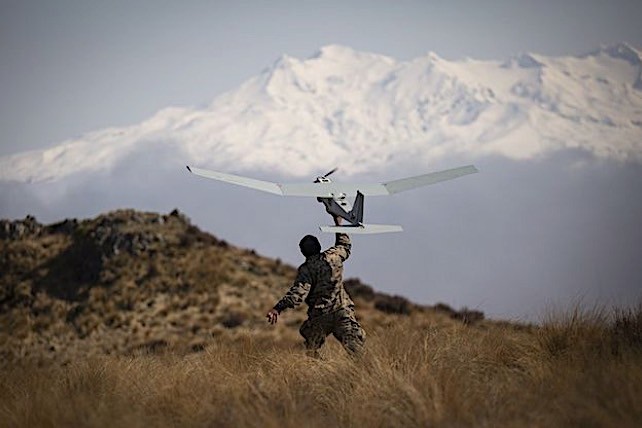Most military drones currently in use still require human operators to control them, whether they are small first-person view (FPV) drones used in Ukraine or larger ones used by the American military for surveillance and strike missions. However, there’s a growing interest in enhancing their autonomy, and one way to achieve this is through the use of autonomy kits.
An autonomy kit typically consists of a combination of hardware and software designed to enable drones to carry out certain missions autonomously based on pre-programmed instructions. While such kits are not yet widely available, they hold promise for increasing the independence of drones in various tasks.
AeroVironment, a leading defense contractor known for its diverse range of drones, including small and medium aerial drones, as well as ground drones, has developed an autonomy kit for its Puma drones. This kit, known as ARK (Autonomy Retrofit Kit), aims to enhance the effectiveness of autonomous systems while reducing the workload on human operators.

ARK is a payload that can be attached to Puma drones, equipped with a software system called AVACORE. This system includes autopilots, radios, and sensors that enable the drones to operate autonomously. Additionally, the Puma drones are equipped with computer vision capabilities, allowing them to detect, classify, locate, and track objects of interest, even in challenging conditions such as nighttime.
The AeroVironment Puma drones are available in two variants: 3 AE and LE. The 3 AE variant has a maximum link range of up to 37 miles (60 km) and can operate for up to three hours. It can carry payloads weighing up to 15 pounds (seven kg) and can be launched using various methods, including hand launch, bungee launch, rail launch, or vehicle launch.
On the other hand, the LE variant offers the same range but has an extended operating time of up to 6.5 hours, thanks to a more powerful battery pack. It can carry payloads of up to 5.5 pounds (2.5 kg) and can be launched using the same methods as the 3 AE variant.

